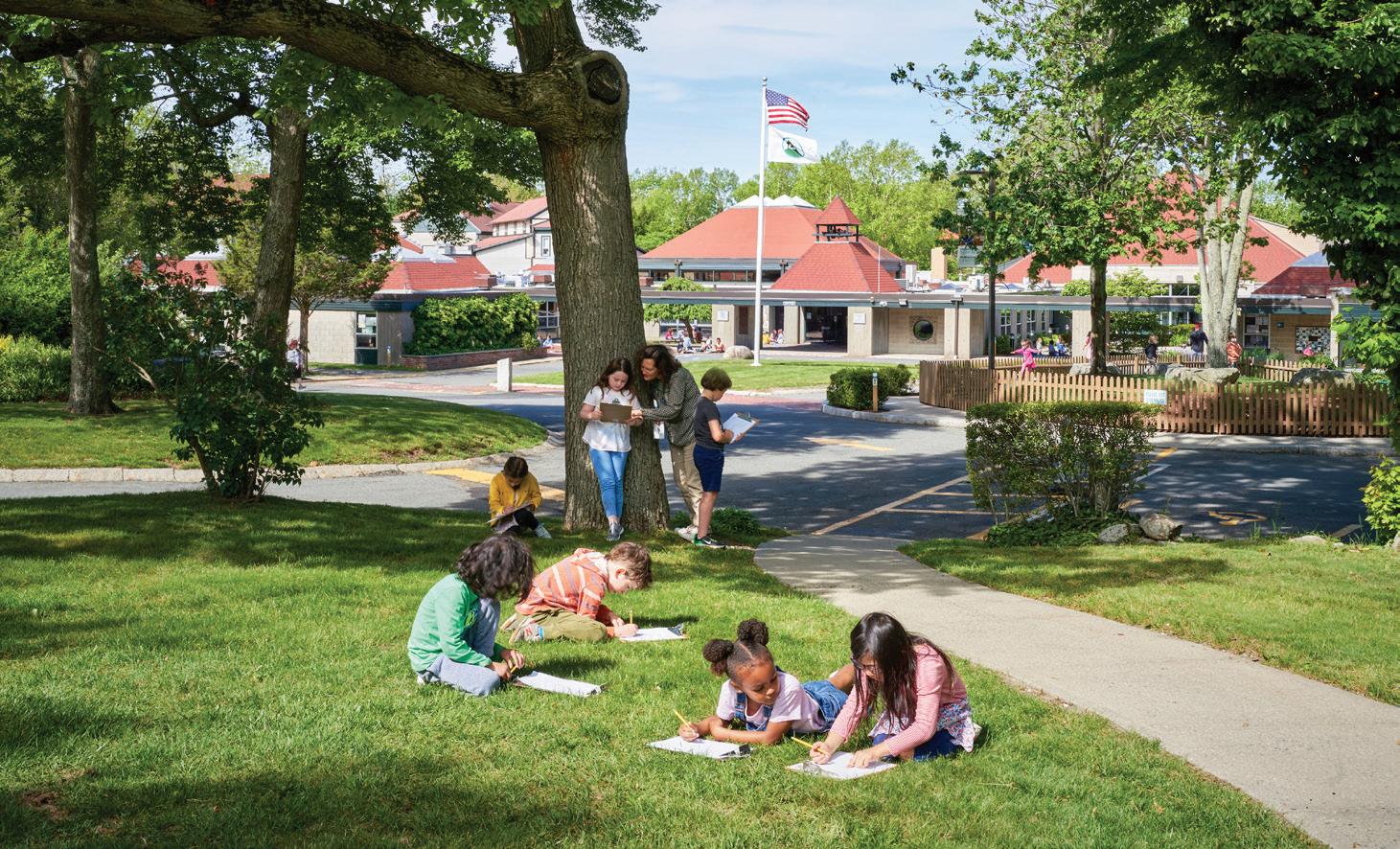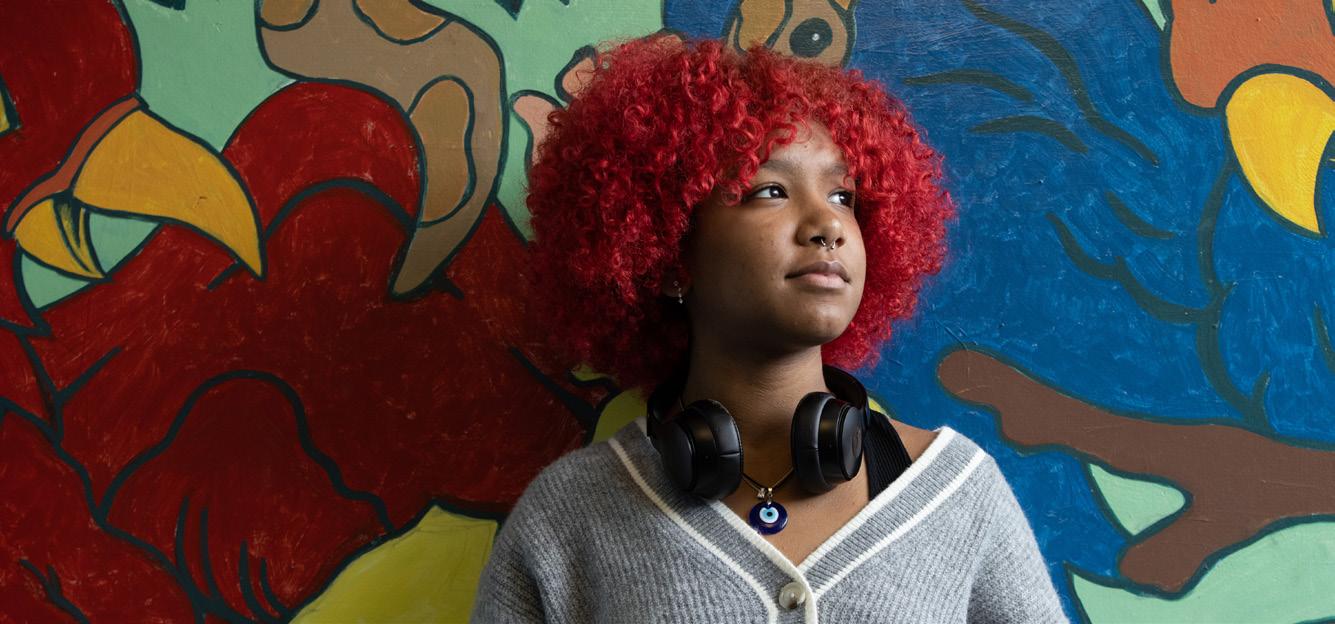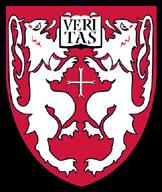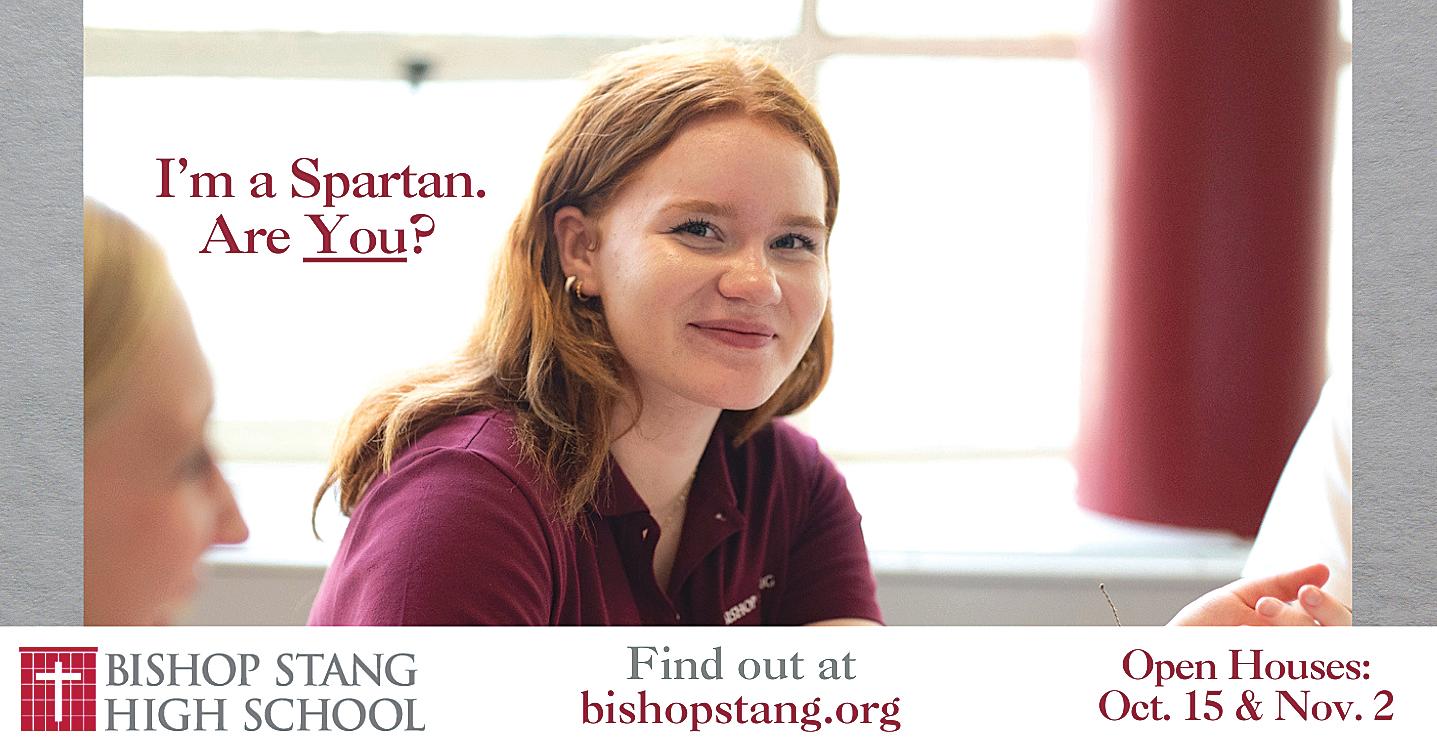Private Education



While the global pandemic made a mess of just about everything everywhere, it had a hidden benefit for private schools — it boosted their enrollments.
Admissions directors at numerous independent schools tell a similar story. Their inquiries, applications and enrollments all increased in the summer and fall of 2020, and some enjoyed their best admissions years ever.
“We admitted the most new students ever, in the history of Pennfield School, in the first year of Covid,” said Kristin Emory, head of external affairs and director of admissions and advancement at the Pre-K to Grade 8 school in Portsmouth.
That was the summer of 2020, when everyone was getting ready to go back to school after the infamous shutdown of in-person learning earlier that year. Many families were worried about the prospects of seeing their children spend an entire school year learning alone, while sitting at the kitchen island or lying in their beds, staring at laptop screens.
Therefore, many families shopped around and found that the private schools were mostly committed to reopening, in person, from day one, and many made the switch. They left the public schools and enrolled in private schools.
“We saw families that might not have discovered us prior — they weren’t considering a private school. But because we were open, they found us,” said Caroline Mullaney, admissions director at Gordon School.
Both admissions directors said their story in not unique. At conferences and in conference calls, they talk to their peers at other independent schools, and most say that the first year of the pandemic brought
a significant boost in enrollment.
Data from the Rhode Island Department of Education backs up the anecdotes. Total enrollment in Rhode Island’s private or parochial schools in the fall of the 2018-19 school year (about 18 months before the pandemic started) was 4,830 students. Last school year, two years after the pandemic started, nonpublic school enrollment grew to 5,207, an 8% increase.
Furthermore, the increase was even more significant among Rhode Island
residents, as compared to out-of-state residents. During the same time period, the number of outof-state residents attending a private or parochial school in Rhode Island decreased 7% (from 837 to 780 students), while the number of Rhode Island residents increased 11% (from 3,993 to 4,427).
It was good news for the local private schools, most of whom enrolled more students from close to home than they had in a long time, or ever before. However, that’s just the beginning of the good

news. The private schools did not just welcome new families in the first chaotic first of Covid, just to see them slip back to public schools once the world returned to more normalcy. They have so far kept those families and maintained the higher levels of enrollment.
Both admissions directors said their enrollment has been consistent since 2020, and they both suggest compelling reasons why.
Kristin Emory at Pennfield said the majority of their new enrollments fell into one of two categories. The new families were either looking for a safe environ-
“We admitted the most new students ever, in the history of Pennfield School, in the first year of Covid.”
KRISTIN EMORY, PENNFIELD SCHOOL



From Page 1
ment in a school that kept its doors open to students every day, or they were part of an influx of new families moving to the area from out of state. This was especially impactful on Aquidneck Island, which attracted many families from Boston or New York, who fled the dense urban centers to live with some elbow room and fresh air near the water in Rhode Island.

Of course, that doesn’t fully explain why they’ve stayed. Emory believes it’s because once they get a taste of the private school culture, they can’t imagine leaving.
“A lot of people come here and love the environment,” she said. “We see a lot of students who have had unhappy social experiences in the bigger schools. Their parents want them to be in a place where they’re surrounded by people who are


demics, but they also spend a lot of time on the growth of the person.
“More than anything, we want our students to leave here being kind to people,” Emory said.
Pennfield devotes a lot of energy and attention on developing the whole child. They’ve added an array of new enrichment classes that run the gamut. “We have a lot of opportunities for kids to be kids, to stay young,” Emory said. “We believe that is so important.”

They run theater classes, citizenship classes and more, with students learning social skills, relationship-building and stewardship of the environment. “We’re teaching them to be good stewards of the earth. They’re learning to be better people,” Emory said. “Our kids really love to learn. They’re here to learn. Here, it’s still cool to be smart. It’s still cool to learn.”
At Gordon, a Nursery to Grade 8 school in East Providence, Caroline Mullaney shares similar beliefs — that an emphasis on educating the whole child is helping to boost both enrollment and commitment to the school. “When a



family steps in here, they recognize that we take students very seriously,” she
said. Gordon has a popular motto that conveys their philosophy: “Our students become leaders sooner, and we keep them younger longer.”
Gordon has taken numerous steps to
invest more deeply in that “whole child” concept. In the past few years, it hired its first school counselor, re-shaped its academic support model, pushed further with its ambitious outdoor learning programs, and reworked its schedule to incorporate a new block into every student’s day.
The “Whatever I Need” block is a time in every school day for social-emotional

“We believe that kids should continue to be kids. That’s part of the joy of learning.”
CAROLINE MULLANEY, GORDON SCHOOL
Pennfield School has made outdoor learning a core part of its curriculum, with classes often heading outside for reading, art, science lessons and more.


From Page 3 learning, for “relationship-building,” according Mullaney. In the lower grades, a teacher might simply take the students outside to run around if they have pentup energy. They might use the time to read together, or read with the school’s new therapy dog, Denver.
In the upper grades, students might use the block as a college student would use office hours with a professor, getting extra help with their studies. Or they might go outside for a group activity, or gather together for a discussion on something timely or poignant.


Being outdoors is also standard operating procedure at Gordon. Every classroom has a door to the outside, and students are outside as much as possible, typically twice a day, often more. Every classroom, all the way up to eighthgrade, has a standard recess block every day.
In addition, there are six dedicated “outdoor classrooms” that are used throughout the day. And inclement weather is not necessarily a barrier. A shed on the campus holds stacks of snow sleds, so it’s not totally unusual to see Gordon students out sledding on an in-school snow day. The younger students all get rain suits, so they can go out and stomp in puddles or conduct environmental experiments on a rainy day.
“We believe that kids should continue to be kids,” Mullaney said. “That’s part of the joy learning.”
Their community garden is an outdoor classroom, with younger and older students working together to manage and steward the space. “We definitely embrace our outdoor spaces,” Mullaney said.
The admissions directors acknowledge that outside forces sparked new levels of interest and enrollments in their school, but the schools themselves deserve credit for keeping those students and families engaged year after year.


Because they teach a unique group of students, Wolf School teams teach in unique ways. They call their students “complex learners,” a simple, two-word descrption for children with a wide array of learning challenges.

Wolf students typically have high cognitive abilities, but with learning challenges that prevent them from thriving in traditional classrooms. So Wolf teaches them in nontraditional ways.
One way is their “co-curricular” program. In most schools, this would be the extracurricular program — a diverse menu of add-ons to the regular school day, like the sports, clubs and organizations that students take part in after their school day. At Wolf, the younger students

engage in co-curriculars like horseback riding, swimming, yoga classes and art movement classes during their school day, all year long.

In the past, Wolf students have done gymnastics, dancing, karate and other creative activities that serve students in a multitude of ways.
Kelly McDonald, Wolf’s director of clinical programs, said these activities create learning opportunities before, during and after they happen. “We really put a lot of thought and planning into
• A tailored, inclusive curriculum that serves students who need challenge and those who need support
• Tiered residential program to fit the diverse needs of today’s students
• An esteemed Learning Support Program
• Located in coastal Rhode Island, ten minutes from Providence and one hour from Boston
School
Wolf School students have gone horseback riding during their school day for many years. Aside from the benefits of physical activity, many are building social skills, boosting their confidence and overcoming fears.
“We know that exercise and physical activity really light up the brain, so we’re constantly figuring out new ways to get kids moving.”
KELLY MCDONALD



From Page 5
these programs,” McDonald said. “We use them to complement our academic curriculum, and to reinforce our core values.”

One of the core practices at Wolf is to get students moving. “Research clearly
“We know that exercise and physical activity really light up the brain, so we’re constantly figuring out new ways to get kids moving.”
Wolf students take a physical education class every day, have recess every day, take regular “brain breaks,” and do movement-based learning within their classrooms every day. The co-curriculars are the flashiest examples of the move-
For these younger students, many of whom are just beginning to learn how to learn, the co-curricular activities involve a lot of preparation.

“Many of these activities can provoke some anxiety in students, because they’re new and they’re different, and they’re unknown, and we use all of that as a teaching opportunity,” McDonald said. “We do social stories to help them prepare. We preview what’s going to happen … We really carefully think about all aspects of what they’re doing. Plus, we’re there to support them through the entire experience.”

Leah Valentine is a longtime teacher in Wolf’s lower school, and she’s helped shepherd many students through these big moments.
“We practice what they’re going to do. We role play. We pretend … There are so many learning opportunities,” Valentine said.
Most Wolf students, especially at the younger grades, are just beginning to learn executive functioning skills and self-regulation. They’re developing their language skills. “These excursions give
them a chance to try and practice all of these, and it’s in a real-world setting,” Valentine said.
For students who fear the unknown, climbing atop a horse and taking hold of the reins can be an incredible accomplishment — a real source of pride.
“Some of them are battling their fears, just getting up on that horse,” Valentine said. “Once they do, that is such a life experience, such an accomplishment.”
“Some of them are battling their fears, just getting up on that horse. Once they do, that is such a life experience, such an accomplishment.”
LEAH VALENTINE
From FACING PAGE
McDonald added, “It can be such a confidence booster for our kids.”

The activities also create endless opportunities for connection between school and home. Asked about their day, students are far more likely to mention their trip to the riding stables or doing downward dog, than anything that happened during their math lesson that day. And staff can share stories, anecdotes, photos and videos, letting parents see their children engaging in activities they
might have never envisioned as possible.
“The fact that we’re able to offer these programs during the school day, with our staff, is so beneficial to their learning,” McDonald said. “We’re using the same language, reinforcing the same social skills, the self-regulation skills, that we’re working on in the classroom, but we’re able to use and develop them in a totally different context.”


It all happens outside the traditional classroom, which is one of the core traditions at Wolf.

Learn how our bilingual program can benefit your child.

OPEN HOUSE
Saturday, November 4 10AM - 1PM contact admissions@fasri.org



